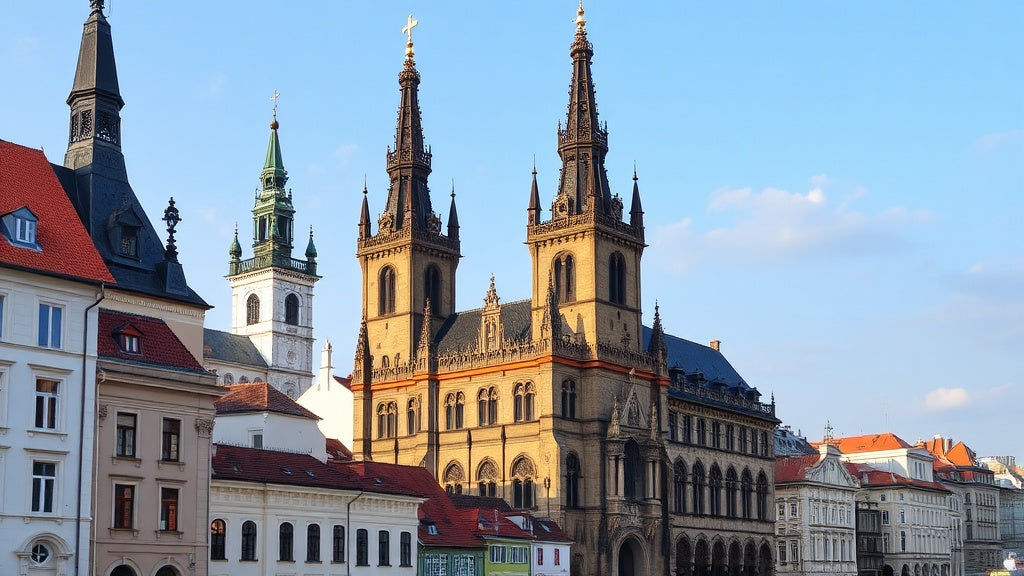
Kowloon Walled City: Unraveling the World's Most Densely Populated Urban Labyrinth
, by Unboxify, 4 min reading time

, by Unboxify, 4 min reading time
The Kowloon Walled City, once recognized as the most densely populated place in the world, was an area that covered just 6.5 acres—equivalent to four football fields. This tightly packed urban block was more than just a collection of buildings; it was an intertwined living organism. This article delves into the fascinating and sometimes grim history of Kowloon Walled City.
To understand how densely populated Kowloon Walled City was, let's start with some comparisons. Take the East Village in New York City, for instance. Known for its dense population, around 44,000 people live in this part of Manhattan, which boosts New York's status as the most densely populated city in the United States.
In 1987, a survey estimated that 33,000 people lived in Kowloon Walled City. Some estimates even suggest that the population could have been as high as 50,000. The population density in Kowloon Walled City was truly staggering.
The origins of Kowloon Walled City date back to when it was a minor Chinese military outpost with around 10 guards. The construction of a larger fort followed a century later, and the nearby Canton harbor became crucial for trade. This fortified area gradually evolved into what came to be known as Kowloon Walled City.
During the First Opium War in 1841, Britain occupied Hong Kong, leaving the Walled City unaffected. However, subsequent conflicts, such as the Second Opium War, led to the Kowloon peninsula falling into British hands, with one exception: the Kowloon Walled City. This enclave remained under Chinese control, becoming a unique legal anomaly.
The years that followed saw Kowloon Walled City grow hastily and haphazardly. A massive wave of refugees, combined with no regulatory oversight, led to a rapid construction boom. Buildings grew taller, reaching a strict height limit of 14 stories due to the nearby Kai Tak Airport.
Life inside the Walled City was challenging. Sunlight barely reached internal pathways, and waste management was non-existent. The quality of air was abysmal; rubbish often accumulated on rooftops, and few paid for legal electricity. This labyrinthine city was home to dark corridors and stuffy rooms, yet it managed to provide shelter and a sense of community to its residents.
The undefined legal status of Kowloon Walled City made it a magnet for various elements, including those seeking to hide or engage in unregulated business. The Walled City became especially famous for its numerous dental clinics operated by practitioners whose licenses were not recognized in British Hong Kong. Food production flourished in unsanitary conditions, with delicacies often finding their way into upscale restaurants across Hong Kong.
Despite its chaotic appearance, the Walled City had its order, primarily enforced by notorious triads. These gangs controlled many facets of life, including extorting protection money and running illegal businesses such as opium dens and prostitution.
The signing of the Sino-British Joint Declaration in 1984 signaled the beginning of the end for Kowloon Walled City. Both the British and Chinese governments determined that the Walled City posed significant social risks, including fire hazards and potential building collapse. In 1993, the complete evacuation and subsequent demolition of the Walled City began, officially bringing its chaotic yet unique existence to a close.
Today, the site is home to a park that commemorates this once densely populated urban phenomenon. Remnants of the historical city, such as the yamen building, still stand, offering a glimpse into its past. Kowloon Walled City serves as a historical testament to how people can create thriving communities even under the harshest conditions.
The story of Kowloon Walled City blends elements of architecture, history, and culture, providing a compelling case study on how urban spaces evolve. As much as it may be vilified or romanticized, the truth probably lies somewhere in between.






